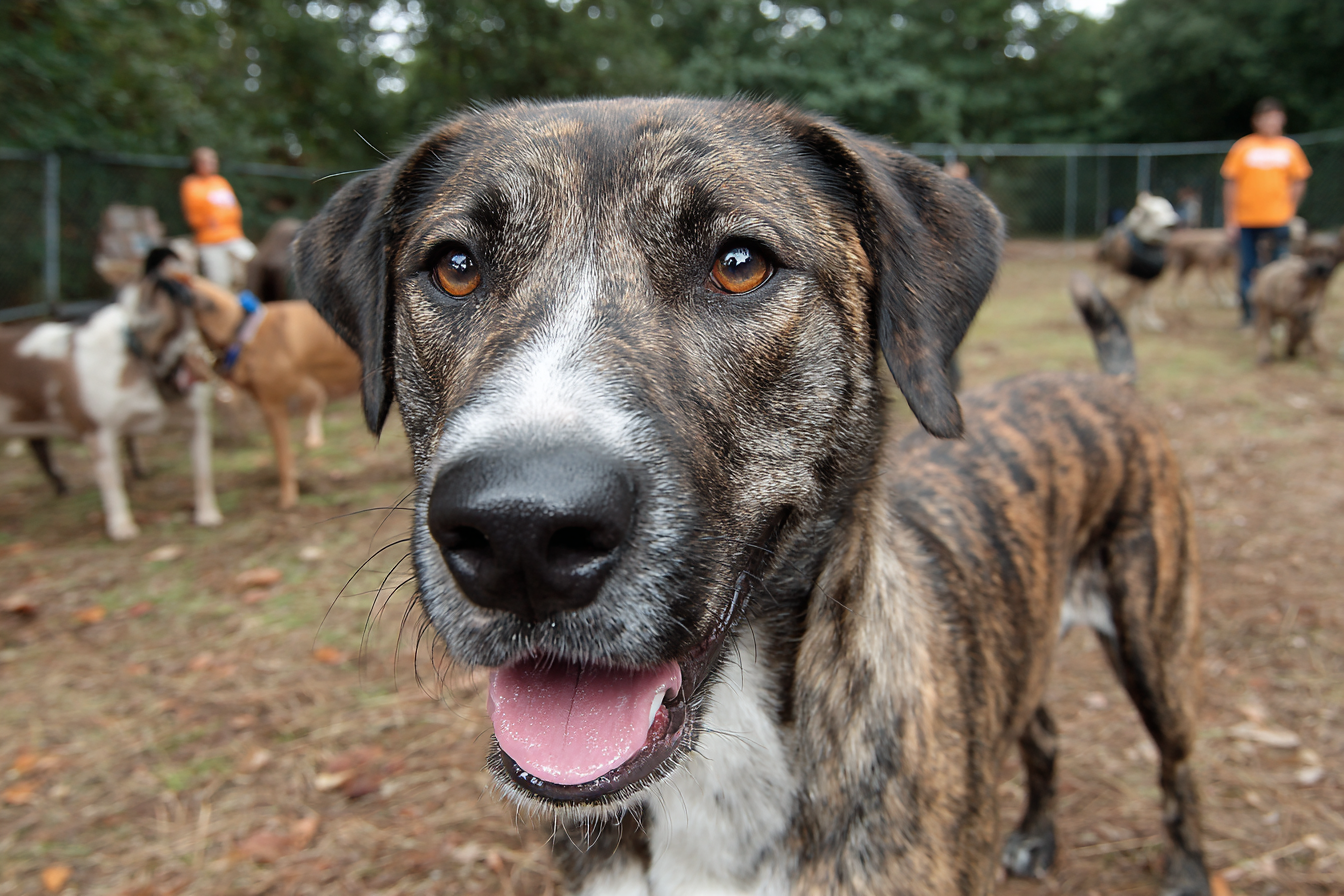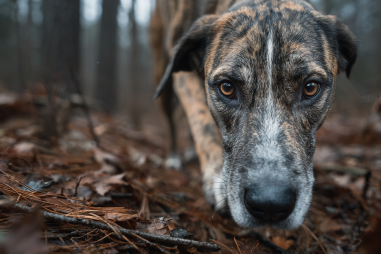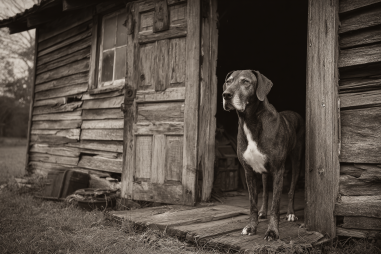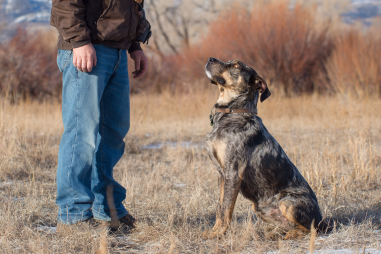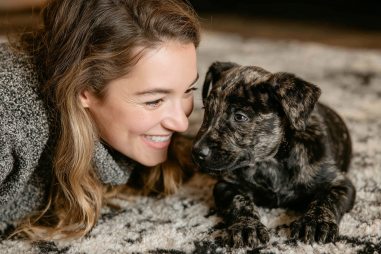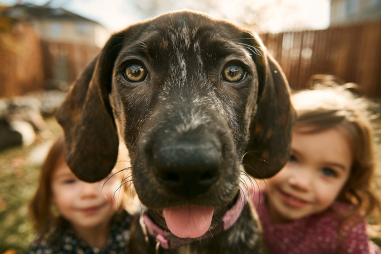Proper socialization is a cornerstone of raising a happy, well-adjusted Plott Hound. As a breed known for their intelligence, loyalty, and strong hunting instincts, Plott Hounds need early and consistent exposure to various environments, people, and other animals to avoid common behavioral pitfalls. This guide will walk you through the essentials of socializing your Plott Hound to help them thrive in everyday life and become a well-rounded companion who is comfortable and confident in a range of situations.
Importance of Early Socialization for Plott Hounds
Socialization during the early stages of your Plott Hound’s life is crucial. The first few months, especially between 3 and 14 weeks of age, represent a critical window of time when puppies are most receptive to new experiences. Introducing your Plott Hound puppy to a wide variety of sights, sounds, smells, people, and other animals during this period lays the groundwork for positive, confident behavior as they mature.
Without proper early socialization, Plott Hounds can develop fear, aggression, or anxiety when faced with unfamiliar situations. This is particularly important for this breed because Plott Hounds were originally bred for hunting boar, which instilled a strong prey drive and a protective nature. Early and positive exposure helps temper these instincts and teaches your dog how to respond appropriately to different social cues and environments.
Introducing Your Plott Hound to New Environments, People, and Animals
Once you’ve brought your Plott Hound home, aim to create a wide array of positive experiences. Here are some practical ways to introduce your dog to new stimuli:
- New Environments: Gradually expose your dog to different places, such as busy parks, quiet trails, urban streets, and veterinary clinics. Keep these outings short and enjoyable at first, rewarding calm behavior and curiosity.
- People: Introduce your Plott Hound to people of various ages, sizes, and appearances. Allow gentle, calm interactions while monitoring your dog’s comfort levels. Encourage polite greetings and use treats and praise to build positive associations.
- Animals: Controlled introductions to other dogs and pets help your Plott Hound learn social boundaries. Start with calm, vaccinated dogs, and observe body language closely. If your dog is reactive or nervous, keep the meetings brief and positive, gradually increasing tolerance over time.
Handling Breed-Specific Social Challenges
Plott Hounds are known for their strong prey drive, independent nature, and sometimes protective tendencies. These breed-specific traits require tailored approaches when socializing to prevent unwanted behaviors such as excessive barking, chasing, or territorial aggression.
- Prey Drive: Since Plott Hounds were bred to hunt, they may instinctively chase small animals. To manage this, expose your dog early to smaller animals like cats under controlled circumstances, and teach reliable recall commands to help curb chasing tendencies.
- Protectiveness: Plott Hounds can be wary of strangers and unfamiliar dogs. Use positive reinforcement to reward calm, non-aggressive behavior during encounters, and avoid forcing interactions if your dog shows signs of discomfort or fear.
- Energy and Independence: Plott Hounds are energetic and intelligent, sometimes displaying stubbornness. Incorporate training exercises during socialization to keep your dog mentally stimulated and teach impulse control.
Socialization Activities and Classes
Engaging in structured socialization activities and classes can greatly benefit your Plott Hound’s development. Puppy socialization classes provide a safe environment where your dog can interact with other puppies and people under the supervision of a professional trainer. This helps establish important social skills and builds confidence.
Beyond puppy classes, activities like obedience training, scent work, and agility can offer additional social and mental stimulation. These activities are not only fun but also reinforce positive behaviors and deepen the bond between you and your dog.
Regular trips to dog-friendly places such as pet stores, outdoor markets, or dog parks can also be valuable for ongoing socialization. Always monitor your dog’s reactions and intervene if any encounters seem stressful or overwhelming.
Signs of Successful Socialization
It’s important to recognize when your Plott Hound has adjusted well to socialization experiences. Some key signs include:
- Relaxed body language around new people and animals
- Curiosity rather than fear when exposed to new environments
- Calm greetings and appropriate play behavior with other dogs
- Quick recovery from startles or surprises
- Ability to focus and respond to you amid distractions
These indicators suggest your Plott Hound is developing into a confident and sociable dog, ready to enjoy a wide range of life experiences.
Troubleshooting Social Anxiety
Despite your best efforts, some Plott Hounds might exhibit signs of social anxiety or fearfulness. These can include excessive barking, hiding, growling, lunging, or refusal to engage with new stimuli. If your dog shows these behaviors, remain calm and patient. Here are some steps to help:
- Gradual Exposure: Slowly introduce your dog to the trigger at a distance or in a controlled way where your dog feels safe. Reward calm behavior and increase exposure intensity gradually.
- Positive Reinforcement: Use treats, praise, and toys to create positive associations with previously frightening experiences.
- Professional Help: If social anxiety persists or worsens, consult a professional dog trainer or behaviorist. They can tailor a behavior modification program suited for your Plott Hound’s needs.
- Consistency and Routine: Maintain steady routines and predictable social interactions to build your dog’s confidence.
Final Recommendations
Socializing your Plott Hound is an ongoing process that requires time, patience, and consistency. Starting early with a wide range of positive, controlled experiences is the best way to prevent behavioral issues and nurture a well-balanced dog. Remember to tailor your approach to your Plott Hound’s unique personality and breed-specific traits, keeping sessions positive and stress-free.
Investing in puppy classes, fun social outings, and training will reward you with a loyal, confident, and happy companion who can comfortably navigate the world around them. By fostering positive interactions throughout your Plott Hound’s life, you’ll help them reach their full potential as a beloved and well-behaved member of your family.

